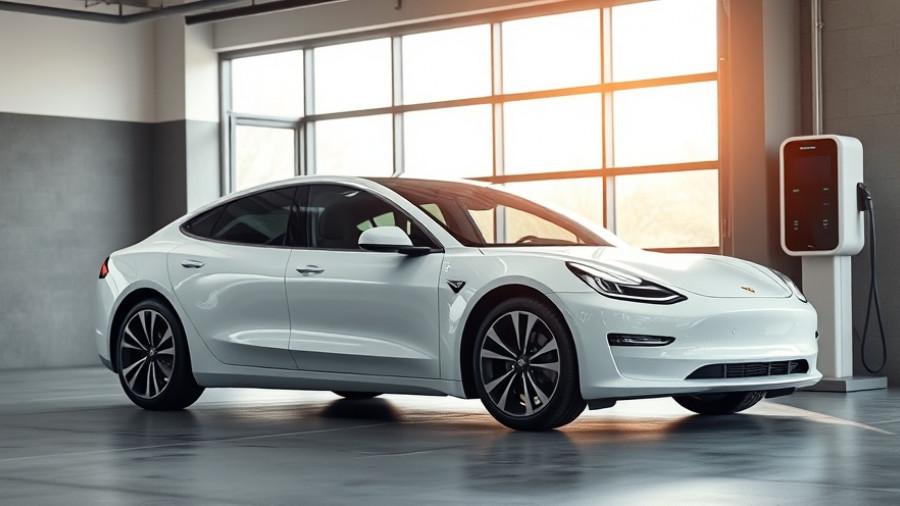
The Dawn of Megawatt Charging: A Milestone in Bolzano
On the cutting edge of electric vehicle infrastructure, the Brenner motorway company has just inaugurated Italy's first megawatt charging station for trucks at the Firmian car park near Bolzano. This strategic location is not only significant for freight transport but is also pivotal in the evolution of electric vehicle charging capabilities across Europe.
Transforming Transportation Infrastructure
The HYC1000 charging system from Alpitronic is central to this innovation. It boasts the capacity to deliver a staggering output of one megawatt, equipping the station with both MCS and CCS charging options. In total, this station allows for simultaneous charging of up to eight electric vehicles, reflecting a robust commitment to sustainable transportation as the sector transitions towards electrification.
Why This Site Matters for Trucking and Green Energy
Located strategically along one of Europe's busiest transport routes, the Brenner motorway, this facility is designed primarily for electric trucks. With freight logistics becoming increasingly electrified, this station is expected to serve as a critical checkpoint for long-haul trucking, providing the much-needed infrastructure to support the growing fleet of electric commercial vehicles. Indeed, the environmental impact of this transition cannot be overstated; the widespread adoption of electric trucks can dramatically reduce emissions and contribute to achieving net-zero goals.
The Charging Options: A Closer Look
At the heart of the Bolzano charging station are two high-power chargers and three additional charging units, each equipped with advanced technological features catering specifically to the needs of electric trucks. One charger provides two CCS plugs with a maximum output of 600 kW, while another offers an MCS plug capable of delivering 1,000 kW. This flexibility ensures that the facility can cater to diverse electric vehicle types and charging needs.
How Charging Works and Cost Considerations
The charging process is facilitated through a payment terminal, with rates currently set at €0.43/kWh for fast charging. However, it remains to be seen if these rates will apply uniformly across all service points, as the Bolzano location is still in its early operational phase. For now, charges are limited to registered drivers of the Brenner motorway company, a move that allows for careful monitoring of usage and performance.
The Broader Implications for Green Energy
This charging station embodies a significant shift towards integrating renewable energy sources with electric vehicle infrastructure. As governments worldwide ramp up initiatives to reduce carbon footprints, facilities like the one in Bolzano play a crucial role. Not only does it support electric truck operations, but it also complements the larger goals of transitioning to solar energy and fostering grid independence through innovative charging solutions.
Looking Ahead: Future Expansions
With the Brenner motorway company planning to expand its megawatt charging system further, the groundwork is being laid for even greater integration of electric transport solutions across Europe. This expansion could see the addition of a second megawatt charging system, aligning with the projected surge in electric truck usage.
Concluding Thoughts on Electric Vehicle Infrastructure
As the electric vehicle industry continues to grow, so too does the necessity for accessible and efficient charging infrastructure. The Bolzano charging station represents a critical step forward, ushering in new technologies and paving the way for sustainable transportation. Stakeholders—from home and business owners interested in green energy to policy makers—should take note of these developments. To learn more about how you can participate in the green energy transition, consider evaluating your own energy solutions and the potential benefits of incorporating solar-powered or electric technologies in your daily life.
 Add Row
Add Row  Add
Add 



Write A Comment